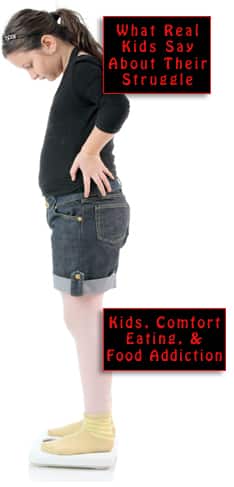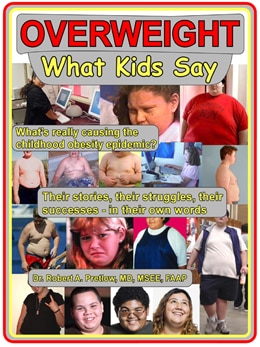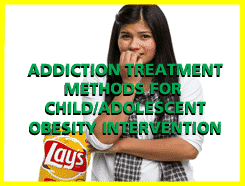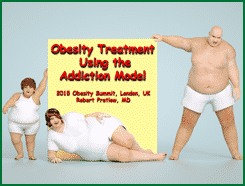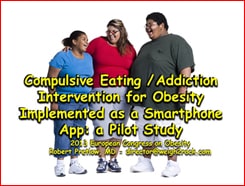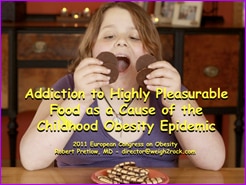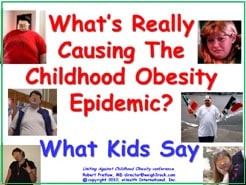Selling Crap to Kids, Part 7

In 2015 celebrities, especially if they worked for Disney, were catching flack for moonlighting in Coca-Cola ads. Journalist Jon Yaneff wrote,
Take for example a recent study published in the June edition of the journal Pediatrics. The study looked at 590 endorsements from 163 different celebrities. Researchers found that 65 celebrities were associated with 57 different food and beverage brands, including low-nutrient and sugar-sweetened drinks.
The American Academy of Pediatrics (AAP) wanted to ban both straightforward and covert advertising during children’s television shows. They established that pretty close to 100% of the food ads shown amongst highly-rated children’s programming featured junk food, and it wasn’t uncommon for any given child to see 20 such ads in a single day. That’s a lot of propaganda, particularly when poured into an immature mind.
The AAP wanted Congress, the FTC (Federal Trade Commission) and FCC (Federal Communications Commission) to forbid ads aimed at kids from being shown on TV, cell phones, and the like. In the same way that cigarettes and smoking had been excluded from entertainment movies, they also wanted to ditch the depiction of junk food. Julia Greenberg wrote of the FCC,
By the agency’s rationale, children haven’t developed the cognitive skills to distinguish between ads and content (or even read!). As a result, the FCC has set time limits on the number of ads allowed per hour during children’s programming. It’s also banned TV characters from selling products and prohibits product placement on kid channels and shows.
In another article written at the time, Drucilla Dyess said, “It is estimated that the ban could reduce the rates of overweight children and childhood obesity by as much as 15 to 20 percent.” But then, the Council of Better Businesses looked at the studies used by the AAP to reach its conclusions about the harmfulness of such advertising, and of course found them inadequate to the purpose.
The business groups claimed that the data used to condemn junk food advertising was either outdated, seriously inaccurate to begin with, or both. They claimed that research used flawed methodologies, and that there had been recent product improvements which the industry had not been given credit for. Some TV advertising was curbed, but obesity rates did not decrease, so the industry’s advocates claimed that forbidding ads obviously didn’t do any good. Of course, the other side argued that the children being observed had already been subjected to a ton of junk food ads, and were still responding to years of earlier brainwashing, so a dramatic change could not be expected to show up right away.
Back and forth
But industry representatives maintained that the situation had improved, because the products being advertised to kids were innocuous foods like “yogurt, soup, canned pasta, cereals, and meals with vegetables or fruit, milk or juice.” The child protectors responded by finding authorities who decried every one of those items. But the industry had another argument up its sleeve: leaving ads aside, there were also studies showing that just watching TV alone, without any food ads, also contributed to weight gain.
Furthermore, with or without advertising, just watching screens too close to bedtime had been shown to interfere with children’s sleep patterns, and it had been shown that bad effects on the quality and duration of sleep affected children’s tendency to put on pounds.
Some critics even proposed an extreme position: How about just not advertising to minors, period? After all, it’s not as if every child in America has a paycheck burning a hole in her or his pocket. Of course, that proposition was destined to go nowhere.
Your responses and feedback are welcome!
Source: “Selena Gomez, Madison Pettis Share Birthdays and Endorse Coca-Cola,” FoodsForBetterHealth.com, 08/27/15
Source: “Exposing the Murky World of Online Ads Aimed at Kids,” WIRED.com, 04/07/15
Source: “UPDATED: Will a Ban on Junk Food Ads Curb Childhood Obesity?,” HealthNews.com, 01/27/15
Images by Daniel M Vierdo, Pearl, Quinn Dombrowski/CC BY-SA 2.0










 FAQs and Media Requests:
FAQs and Media Requests: 